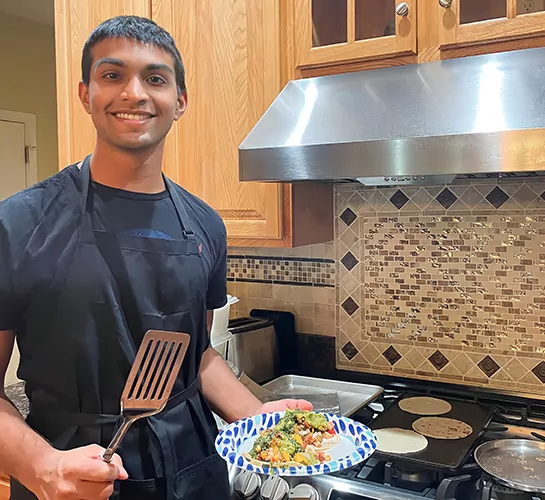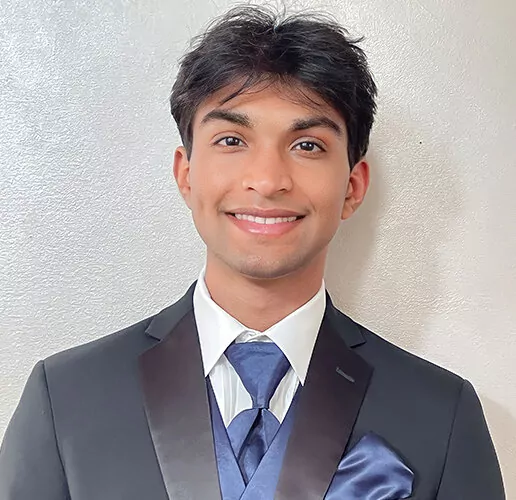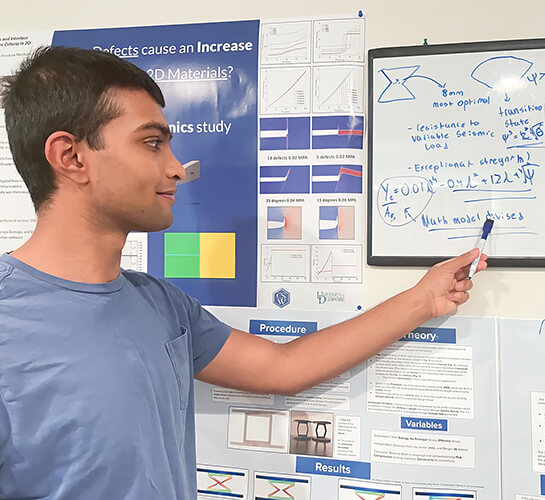Deeper Dive
As I am writing this now, there are approximately 32 earthquakes occurring, many of them located in populated areas. Earthquakes are one of the few events we cannot control as a society and are left as a never-ending feature of the planet we call home. While it may be impossible to prevent earthquakes, I believe the active prevention of catastrophic earthquake destruction is decidedly possible and necessary. This preventive approach can be embraced through cutting-edge materials developed with exceptional properties. Unfortunately, many of these novel materials cannot be implemented at a larger scale outside of the laboratory, meaning the thousands of buildings decimated by earthquakes each year cannot simply be blessed with the infusions or alterations of these next-gen materials. So I sought to decipher alternative methods, ones in which inexpensive materials could hold the exceptional properties that could retain structural resilience amid seismic events. For my innovation, I dived into an exciting field of "metamaterials," consisting of materials with unique properties ranging from electrical, magnetic, and mechanical enhancements; metamaterials show great promise as their genesis does not require chemical alteration but rather the microscale internal architectural engineering of common materials. My mechanical metamaterial, ISMER (Internal Structural Modification for Earthquake Resistance), involves the micro-architectural engineering of common construction materials (e.g., wood, concrete, and steel) such that we can unlock their full potential to protect buildings during extreme events, including but not limited to earthquakes. Using advanced computer simulations and additive manufacturing techniques, I tested a special geometric design I had theorized and found a particular configuration, a stress-adaptable honeycomb/hourglass support, that showed outstanding seismic resistance when the supports were engineered into the internal structure of the materials themselves. This discovery opens up exciting possibilities to create safer buildings and save lives in earthquake-prone regions at a reasonable cost, compared to many researched materials which are difficult to commercialize.
During my project, I faced numerous challenges, but I was able to work through them with the support of numerous resources. There are an infinite amount of configurations that could be created for a specific structure, so finding a starting point was challenging initially, especially when I planned to alter the internal micro-scale geometry of a material. However, after what seemed like an eternity of literature review, I efficiently sifted through past findings to gain a firm grasp on the current state of the art in metamaterials pertaining to earthquake resistance. Importantly, ISMER would not have been feasible if not for the expert guidance and wisdom of my various research mentors. Firstly, I would like to thank Mr. Katz, who has been a mentor of mine since my freshman year in classes concerning research, for his passion outside of the classroom in helping me and other students in their pursuit of research. Finally, I would like to thank my various research mentors, Dr. Bhesania, Dr. Gillespie, and Dr. Hossain, from the University of Delaware and Stanford University who have given me the opportunity to research at the Graduate level past my involvement in ISMER. Along with this, I would not have been able to complete my research project without the instructional prowess of my teachers at the Charter School of Wilmington, including Dr. Prisco and Mrs. Chandler, and my ever-wise school counselor, Mrs. Fenimore. I would also like to thank my parents, Rajendar and Subhashini Reddy, and my sister, Aishwarya Reddy, for supporting my research and fostering an environment of innovation and creativity at home. All of these people were vital parts in helping me overcome challenges during not only this innovation but my experiences in other inquiries as well.
Through my research and the development of ISMER, I envision a significant improvement in the quality of life for people living in earthquake-prone regions. By incorporating ISMER, constructed from common materials like wood, concrete, and steel, we can revolutionize how buildings withstand seismic events. Implementing this innovative technology can lead to safer structures that have enhanced earthquake resistance, drastically reducing the catastrophic destruction caused by earthquakes. Imagine a future where the fear of earthquakes no longer looms over communities, where people can feel secure and protected in their homes and workplaces. With the adoption of these cost-effective and scalable metamaterials, thousands of structures can be fortified against seismic forces, preventing the widespread devastation and loss of life often associated with earthquakes. Not only will this technology safeguard buildings during extreme events, but it will also increase the overall resilience and durability of structures, improving their longevity and reducing maintenance costs. Furthermore, the accessibility of these inexpensive materials means that even in regions with limited resources, safer construction practices can be adopted without straining budgets. This inclusivity ensures that vulnerable communities can benefit from these advancements, creating a more equitable and secure living environment for all. By enabling the widespread implementation of ISMER, I believe my work holds the potential to save lives, preserve valuable infrastructure, and offer newfound peace of mind to those residing in earthquake-prone areas. The positive impacts of this technology can extend beyond just materials science, as I hope to foster sustainable and disaster-resilient communities. I am excited to contribute to this transformative journey, where my research opens up doors to a safer and brighter future for people around the world.



